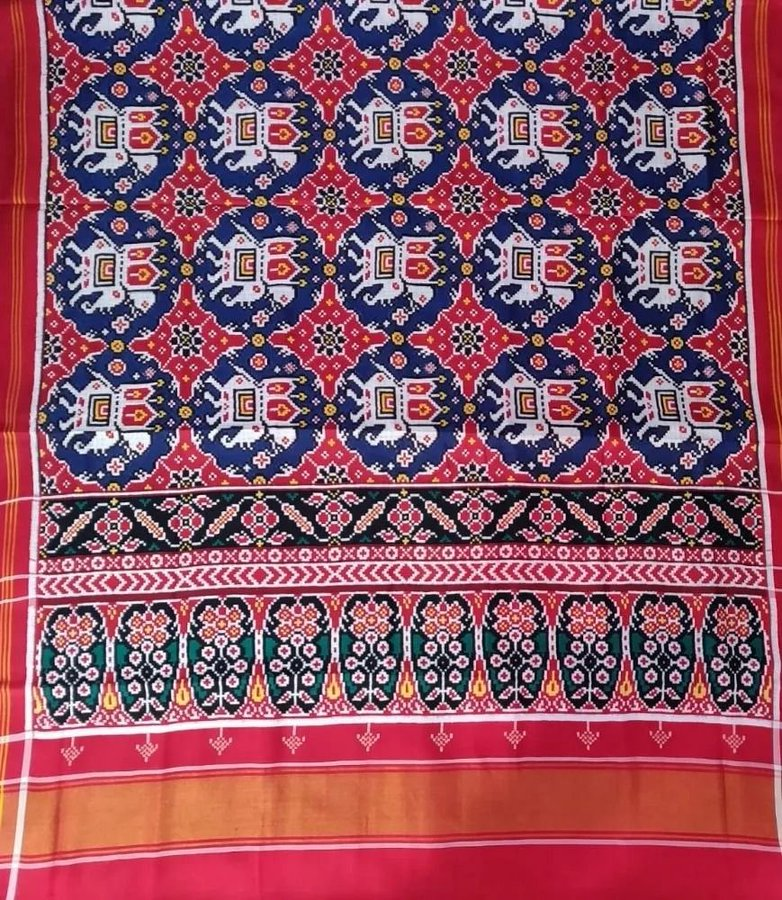Patan Patola | 17 Nov 2022
Why in News?
Recently, Prime Minister of India gifted a ‘Patan Patola’ scarf to the Prime Minister of Italy at the G20 summit.
What is Patan Patola?
- Patola is a double ikat woven fabric, usually made from silk in Patan (North Gujarat).
- Ikat is a method of tie-dyeing the warp or weft before the cloth is woven.
- It received a Geographical Indication (GI) tag in 2013.
- The ancient art of double ikat or Patola woven in pure silk dates back to the 11th century.
- This peculiar quality has its origins in an intricate and difficult technique of dyeing or knot dyeing, known as ‘bandhani’, on the warp and weft separately before weaving.
- The Patola fabrics bear an equal intensity of colours and design on both sides.
- Patola is woven on primitive hand-operated harness looms made out of rosewood and bamboo strips. The loom lies on a slant.
- The process is labour-intensive, time-consuming, and requires a high order of skill and expertise
- It takes three to four months to prepare a tie-died design on warp and weft threads for one saree of six yards.
- While possessing and wearing a Patola is considered a matter of pride, the fabric has largely remained inaccessible to common people because of its high price.
- One of the major practitioners of this art form is the Salvi family from Patan.
- The other commonly worn Patola is the Rajkot Patola, woven on a flat loom.
- Before World War II, Indonesia was the major buyer of Patolas.

